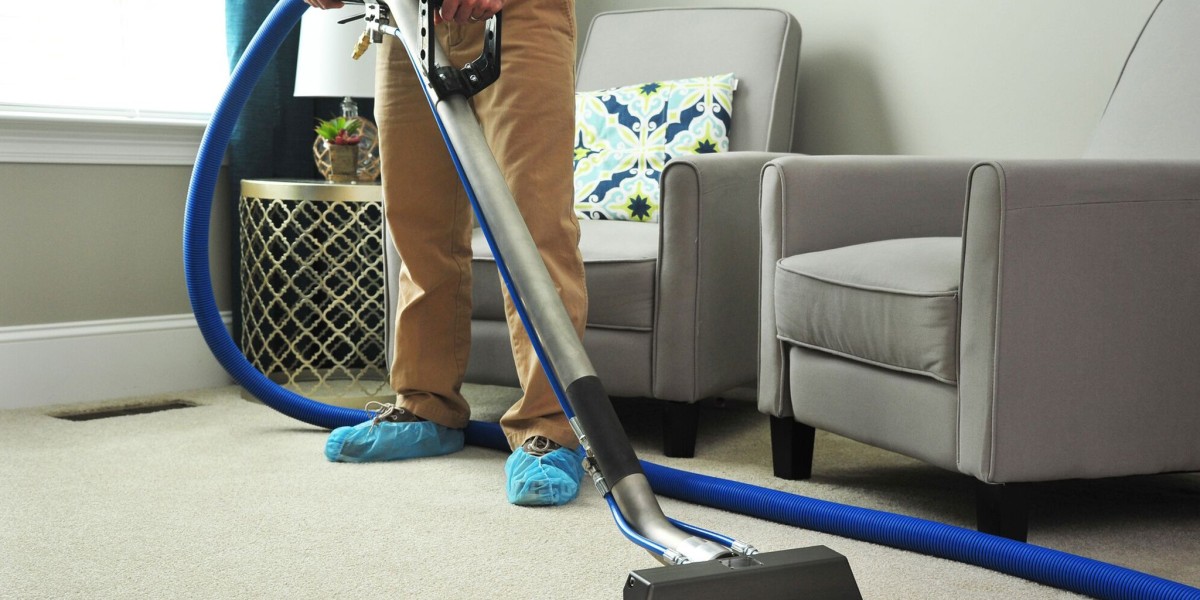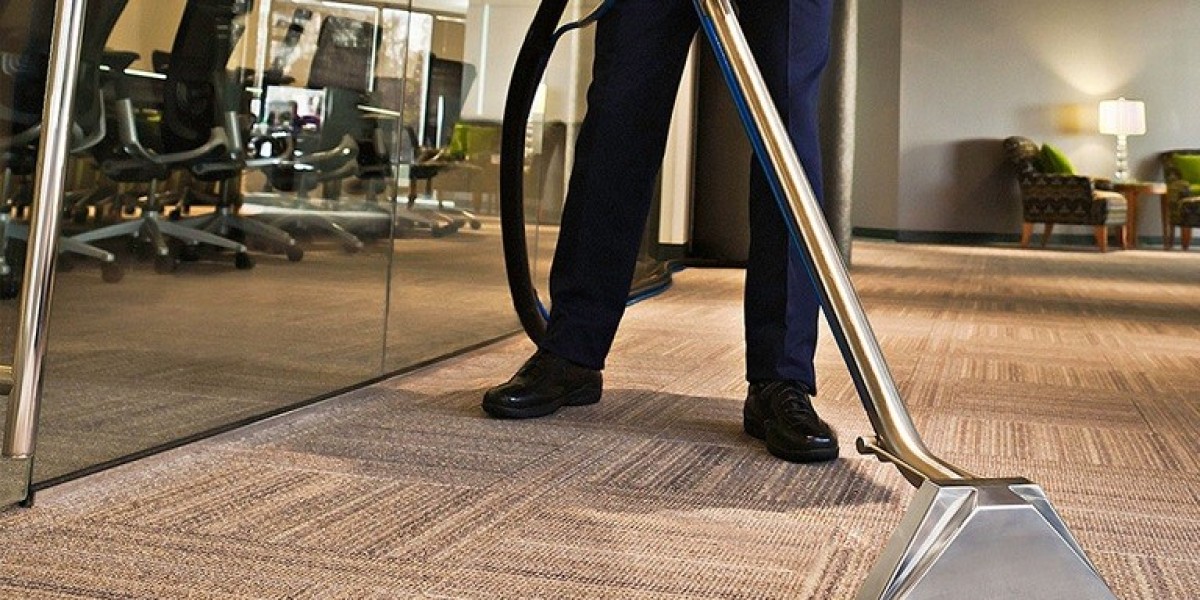In recent years, the global healthcare industry has seen an accelerated shift toward digital transformation and the integration of advanced technologies. At the heart of this transformation lies the concept of the smart hospital, a connected, efficient, and patient-centric healthcare environment. Among the many innovations driving this shift, the Smart hospital bed stands out as a cornerstone technology, reshaping how hospitals manage patient care, safety, and operational efficiency.
What is a Smart Hospital Bed?
A smart hospital bed is an advanced medical bed equipped with various sensors, connectivity modules, and automated features designed to monitor patient health, enhance comfort, and support hospital staff. Unlike traditional hospital beds, which require manual adjustments and provide minimal feedback, smart beds integrate real-time data tracking and intelligent functionalities.
These beds are often part of a broader Internet of Medical Things (IoMT) ecosystem, allowing them to communicate with other hospital devices, electronic health records (EHRs), and remote monitoring platforms.
Key Features of Smart Hospital Beds
Real-Time Patient Monitoring
Smart beds come equipped with sensors that can track vital signs such as heart rate, respiratory rate, and body temperature. Some advanced models also monitor oxygen saturation and blood pressure, reducing the need for external equipment.Bed Positioning Automation
Motorized controls and programmable settings allow beds to automatically adjust to recommended positions. This is particularly beneficial for patients with mobility issues, spinal injuries, or those at risk of pressure ulcers.Fall Prevention and Detection
Integrated motion sensors can detect patient movement and predict when a patient is at risk of falling. If a fall occurs, the bed can automatically alert nurses or caretakers.Weight and Motion Sensors
These sensors provide data on patient weight changes and movements, which can be critical for managing nutrition, fluid retention, and general health status.Connectivity and Integration
Smart beds often connect to a hospital’s network to sync with EHRs. This enables seamless data entry, alerts for critical changes, and improved documentation accuracy.Voice and Touch Controls
Some smart beds offer intuitive interfaces, including voice commands and touchscreen panels, allowing patients to control lighting, TV, bed position, or call for assistance.Hygiene and Cleaning Alerts
Maintenance systems in smart beds can track usage and send alerts when cleaning or servicing is required, promoting better hygiene and infection control.Patient Comfort Features
These beds often feature memory foam mattresses, temperature control, massage functions, and noise-reducing mechanisms to enhance patient comfort during long hospital stays.
Benefits of Smart Hospital Beds
Improved Patient Outcomes
Continuous monitoring and real-time data allow for early detection of clinical deterioration, enabling timely intervention and reducing mortality rates.Enhanced Safety
Fall detection, pressure ulcer prevention, and infection control features contribute to a safer environment for patients and reduce incidents that lead to extended hospital stays.Operational Efficiency
Automation reduces the manual workload on healthcare professionals, allowing them to focus more on patient care. Integration with EHRs also improves data accuracy and reduces administrative tasks.Better Resource Management
Smart beds can track occupancy and usage patterns, helping hospitals optimize bed allocation, reduce wait times, and improve overall workflow.Remote Monitoring and Telemedicine Support
In conjunction with telehealth platforms, smart beds allow remote monitoring, which is especially valuable in ICU settings or during pandemics where minimizing in-person contact is crucial.
Market Trends and Adoption
The global smart hospital bed market is expected to grow significantly over the next decade. Factors contributing to this growth include the aging population, the rise in chronic diseases, the need for better patient care, and increasing hospital investments in digital infrastructure.
Major players in the industry such as Hill-Rom Holdings, Stryker Corporation, Invacare, and Arjo are constantly innovating to deliver beds with enhanced features. Governments and healthcare providers are also recognizing the importance of smart beds in building resilient healthcare systems, particularly in response to global health emergencies.
Challenges to Implementation
Despite their numerous benefits, smart hospital beds face certain challenges:
High Initial Costs: The investment in smart beds is considerable, especially for underfunded or rural healthcare facilities.
Interoperability Issues: Integrating smart beds with legacy hospital systems can be complex and may require significant IT infrastructure upgrades.
Data Privacy and Security: With increased connectivity comes the risk of cyberattacks. Ensuring secure data transmission and storage is a top concern.
Training and Change Management: Hospital staff must be trained to use these advanced beds effectively, which can require time and resources.
Future Outlook
The future of smart hospital beds is promising and will likely see further advancements in AI integration, machine learning for predictive analytics, and even robotic functionalities. With AI, beds could potentially detect early signs of sepsis or cardiac arrest based on subtle changes in a patient’s physiological data. There is also growing interest in incorporating augmented reality (AR) and virtual reality (VR) to assist healthcare providers in surgical planning or remote diagnostics directly from the bedside.







